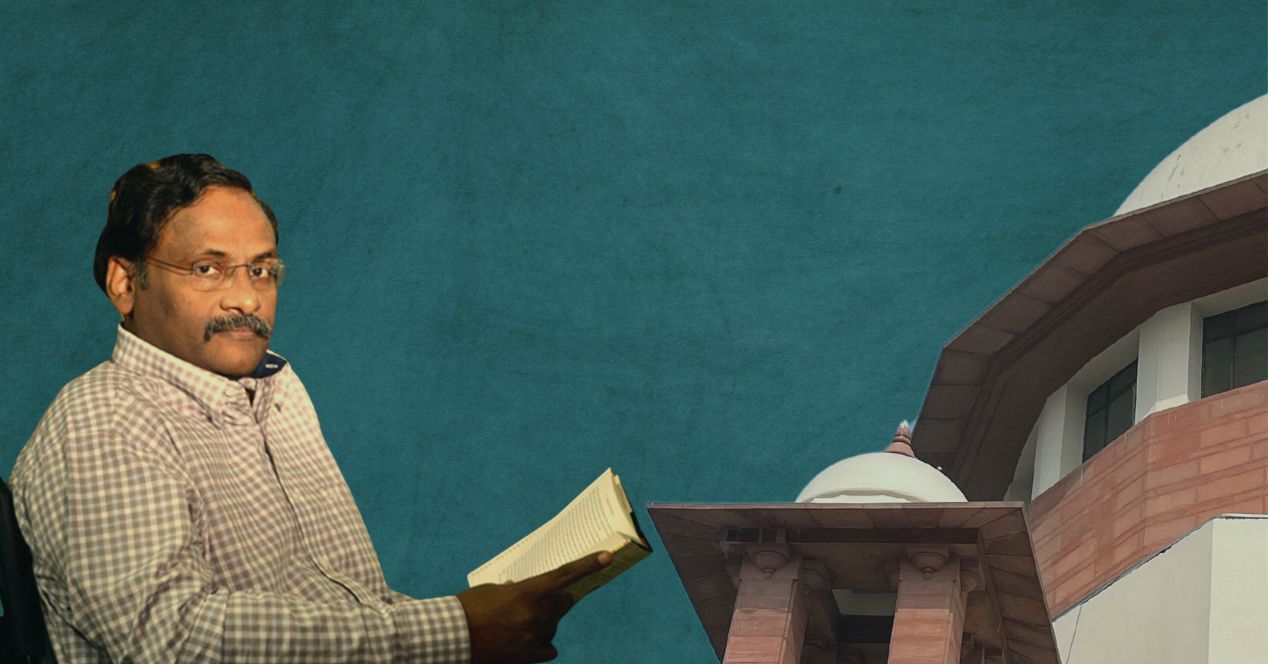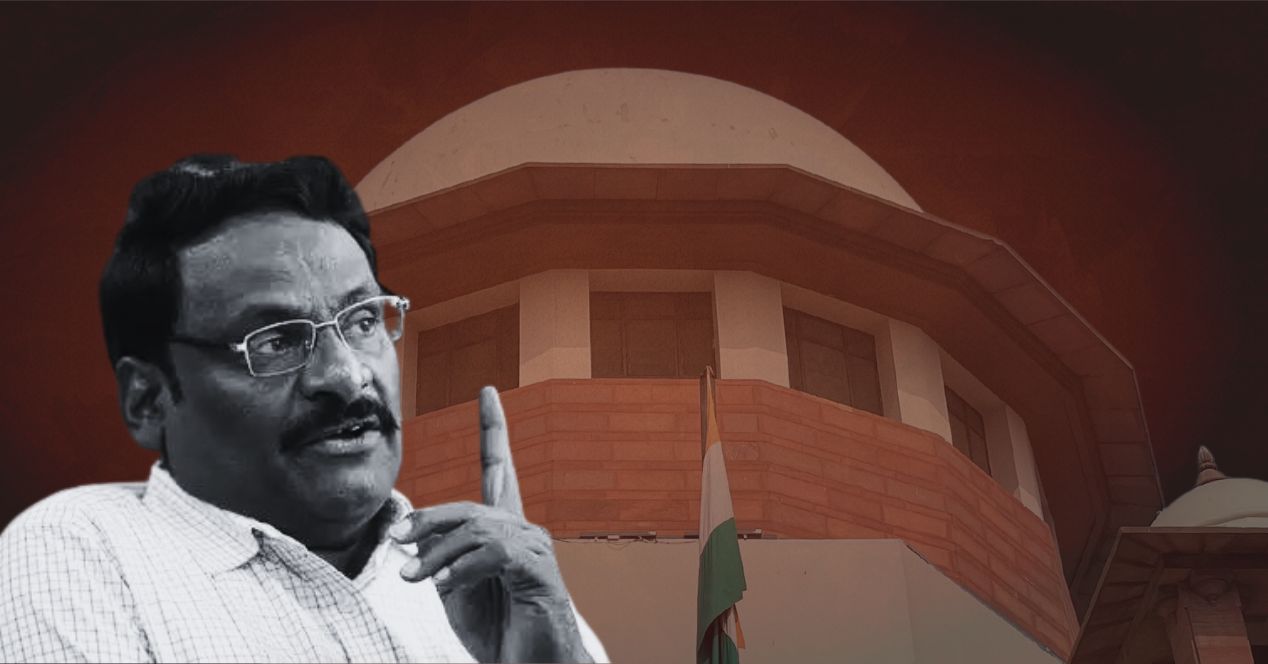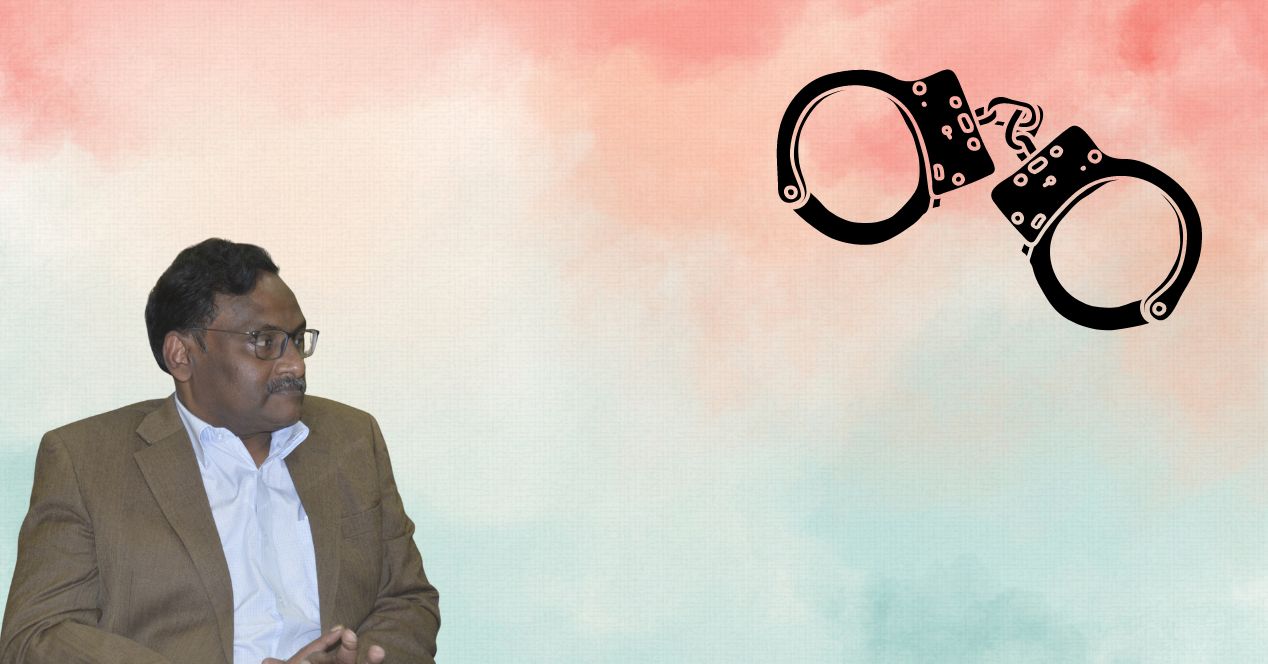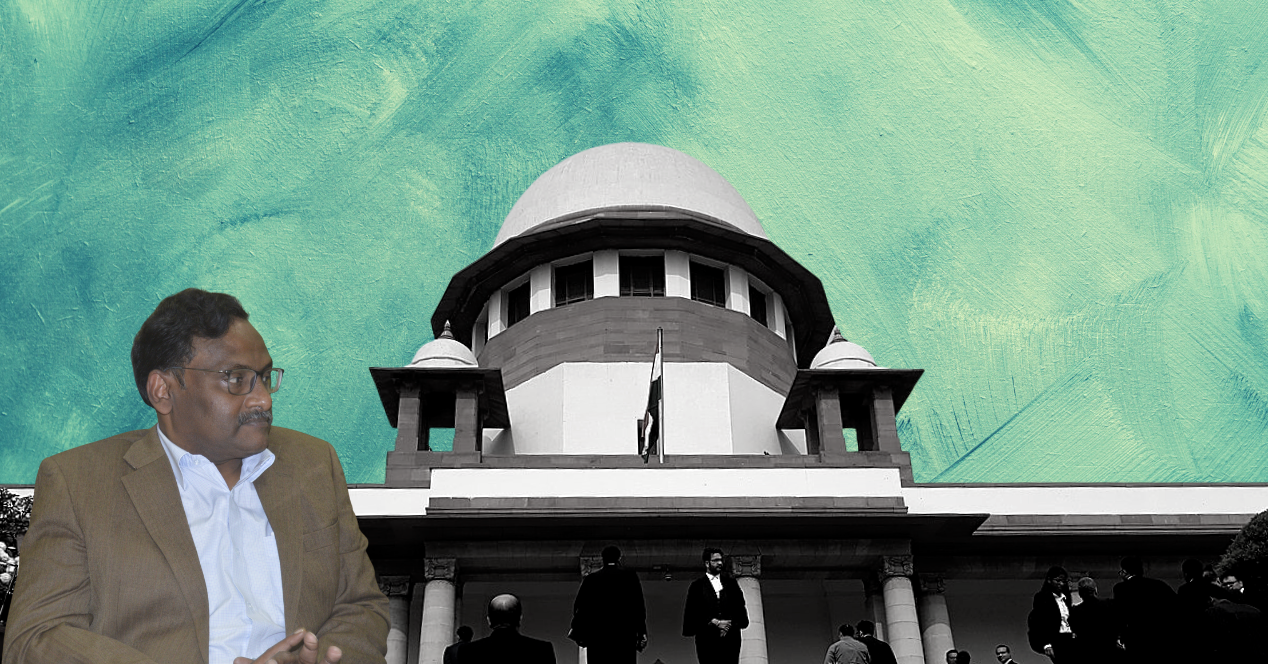Analysis
Pulling no ‘Panches’: Bombay High Court judgement exposes evidence gaps in Prof Saibaba’s case
The High Court had discharged Saibaba in October 2022 but the top court sent it back on the ground that it hadn’t engaged with the evidence
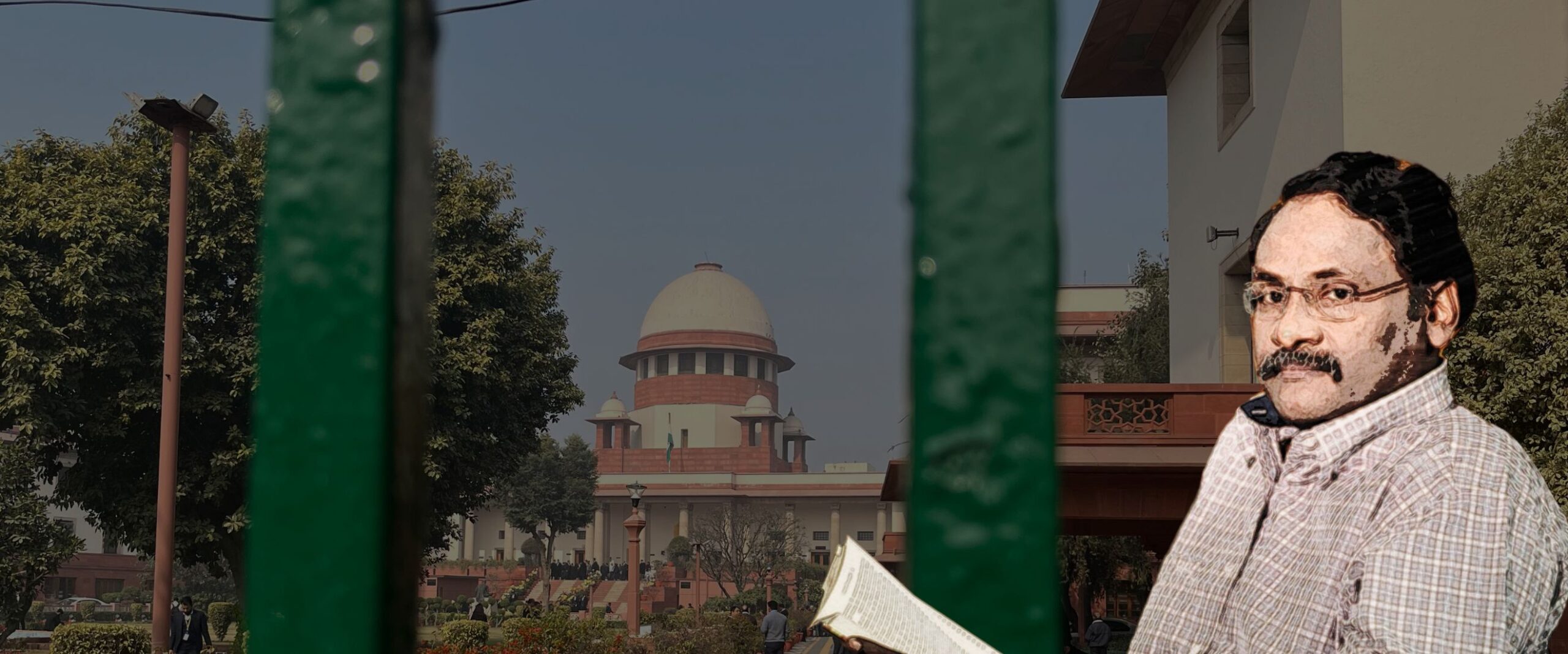
Earlier this month, a Division Bench of the Bombay High Court’s Nagpur Bench acquitted Professor G.N. Saibaba, along with five others. They faced charges under the Unlawful Activities Prevention Act, 1967 (UAPA) for membership and support to a terrorist organisation, conspiracy to commit terrorist acts, and unlawful activities. More specifically, they were accused of being members of the banned Communist Party of India (Maoist) and its group Revolutionary Democratic Front.
This verdict came seven years after their initial conviction by the Sessions Judge, Gadchiroli, and the award of a life sentence to five of them , including Saibaba, and a 10-year sentence to Vijay Tirki. (The 33-year-old Pandu Narote died in August 2022 after contracting swine flu during his incarceration in Nagpur Central Jail.)
Even as it came almost six months after a rehearing in the Bombay High Court, the judgement has been noted for being thorough and detailed. The Supreme Court, while refusing to suspend the judgement on the State’s appeal, found it to be “well reasoned.”
We would do well to remember that the Supreme Court had previously stayed and then set aside the discharge of the accused. In October 2022, the High Court had acquitted them because the mandatory sanction-to-prosecute requirement under the UAPA had not been fulfilled. But the Supreme Court had remanded the case back to the Bombay High Court, on the ground that it hadn’t engaged with the evidence against the accused.
The recent judgement has not left that stone unturned. Many of its 293 pages are devoted to meticulously analysing and unravelling the police’s manipulation of the evidence, which included hard disks, memory cards and documents related to Naxal literature seized from Saibaba’s residence in Delhi in 2013.
The judgement also reinforces the High Court’s conclusion the first time around on the matter of sanction before a UAPA prosecution. It’s an important finding because it speaks to a recurring pattern. Over the last few years, the State has wilfully bypassed statutory safeguards to incarcerate individuals and throttle movements whose politics it may view as inconvenient to its own objectives. These safeguards have not been limited to sanction.
The lack of a sanction
The argument about the invalid or absent sanction was premised on the importance of safeguards to protect against the misuse of the UAPA. Section 45 of the Act creates two filters before a trial court can commence a prosecution. Chronologically, the first is an ‘independent review’ by a government-appointed authority of the evidence gathered during investigation. (The Act leaves it open to central and state governments to stipulate who this independent reviewer will be.) Based on the recommendation coming out of this review, the government must decide whether or not to authorise the prosecution. A trial court can take cognizance of the UAPA offences only after these two conditions are satisfied.
The High Court found that this present case failed both the filters. The independent review and recommendation to prosecute given by the then Director of Prosecution of Maharashtra was a half-page, “mechanical empty formality” devoid of any application of mind. Additionally, the Maharashtra government hadn’t adhered to the seven-day time limit to authorise the prosecution. The sanction came only after an unexplained delay of a month from the day on which the government received the result of the independent review.
And, to top it all, the trial court took cognizance of the office and kicked off Saibaba’s trial before the government had sanctioned the prosecution. Taken together, it was clear that the trial court proceedings had become vitiated because the proper process had not been followed. Interestingly, this was similar to the reasoning given in the High Court’s discharge judgement from 2022.
The matter of the panch
The accused had been convicted by trial court and spent the better part of the last 11 years in jail on the strength of the claimed evidence.
When it remanded the matter back to the High Court, the Supreme Court asked it to evaluate this evidence. The High Court’s examination of the evidence exposed several manipulations by the police. The evidence was largely in the form of memory cards, hard disks, pamphlets, papers, and other items seized at the time of arrest. In Saibaba’s case, the items had been retrieved in a raid on his residence on the premises of Delhi University.
The High Court identified a pattern in the arrests and seizures of the six men: the crucial evidence of the panch—the independent witness to police proceedings—was doubtful or non-existent. On two occasions, the panch was a person who was illiterate and also didn’t wholly understand the rationale and implications of the procedure they had participated in. Their independence was not free from doubt. The prosecution did not even examine the panch to the arrests of Mahesh Tirki, Pandu Narote, and Hem Mishra, who were disputing the prosecution’s story of their arrest. The panch to the arrests of Vijay Tirki and Prashant Rahi was found to be a stock witness.
Crucial documents like the FIR and arrest memos had visible overwriting, multiple handwritings, and signs that indicate the use of multiple inks. All this provided a strong suggestion in favour of the view that the documents were not genuine, and had been rewritten several times over.
The most egregious manipulation, however, took place during Saibaba’s house search, where the only evidence against him had been allegedly found. The panch selected by the police was a local barber, who happened to be illiterate and had requested not to be made a witness. The court criticised the police’s choice of him over numerous public persons in Delhi University. (Saibaba himself had requested that a professor be made the panch.)
By the barber’s own admission during cross-examination, he did not know what a hard disk was and could not distinguish between a CD and a DVD. The choice of panch was particularly baffling given the composition of the team conducting the raid: a computer expert, technician, photographer, videographer, and senior police officials who had come all the way from Maharashtra.
It gets worse: the court found that the panch never witnessed the search as both Saibaba and him were kept outside during the search. The police had claimed that the search was videographed, but no video evidence was produced by them as evidence. There was one more person who signed the search and seizure panchnama, but the prosecution never examined him during trial. The electronic devices were not even sealed and labelled properly, so it was unclear whether the hard disks produced in evidence were the same ones seized from his house.
Other question marks
Several other findings of the court suggested that the prosecution’s case was on procedurally shaky grounds.
For instance, the court acknowledged a strong possibility that the judicial confessions of Mahesh Tirki and Pandu Narote—which were retracted by them on first opportunity—were extracted post-torture. The court also found suppression of phone records, failure to record hash values of the electronic record and non-compliance with evidentiary requirements for electronic evidence.
Instead of explaining these discrepancies, the prosecution argued that even evidence obtained illegally by the investigating officer should be read against the accused. This argument was grounded in a legal precedent that disregards the ‘fruits of a poisonous tree’ doctrine and overlooks errors and illegalities committed in obtaining evidence. The court was firm in its rejection, noting that the police had disregarded the UAPA’s mandatory special mechanism for authorisation to effect search and arrest.
Significantly, the court also pushed back on allegations of the possession of Maoist, Naxal, or dissenting literature. It clarified that not only was such possession not illegal, it was covered by freedom of speech. Such material is available freely on the internet. According to the court, “merely because a citizen downloads this material or even sympathizes with the philosophy would itself not be an offence…”
Regarding association with banned organisations, the court noted that “passive membership, even if demonstrated from the material, is not contemplated as an offence under the … provisions of UAPA.” As long as there was no participation or active support to the banned organisation, the court said, an individual is free to agree with its beliefs.
The takeaways
The court’s emphasis on safeguards in the UAPA highlighted a serious problem which critics have raised previously. The State’s failure to conform to the standards set by these safeguards resulted in eventual acquittals, but it took nearly 11 years. The six men spent much of this time in prison, either as undertrials or convicts.
For all its detailed analysis, the High Court’s judgement remained silent on what this acquittal means for the criminal justice system. To send a message, and to leave no room for doubt, perhaps it could have noted the blatant misuse and disregard of the law to carry out a visibly political prosecution.
The sanction safeguard may eventually defeat an unlawful prosecution, but the punishing process exacts a toll on the accused. Misuse doesn’t occur only when innocent persons are convicted, but also when they are subjected to brutal trials and incarceration. This was particularly apparent in the case of Saibaba, who is physically handicapped with 90 percent impairment due to polio and cannot move without a wheelchair.
There are other troubling questions. If the trial court’s assessment of the evidence and the law has been so completely rejected by the High Court, what does it say about the competence or motivation of the trial judge? If such a high-profile case in the trial court was marked by a flagrant disregard for procedure and shoddy substantive findings, what could be the state of affairs in cases that don’t make the headlines? And what is the sanctity of the repeated rejections of Saibaba’s applications for bail, bearing in mind that the ‘pro-Maoist’ contents of the electronic devices seized from his house were repeatedly cited by the prosecution to oppose the applications?
Reading the High Court’s judgement, it is hard to escape the conclusion that this is a case where the police targeted these persons and then tailored the evidence (albeit quite poorly) to incriminate them. It did so by violating legal safeguards in the UAPA, the Criminal Procedure Code and the Indian Evidence Act.
Despite breaking several rules in the book, the State did not face tangible consequences. No law—neither the UAPA nor any general law—contains a mechanism to compensate acquitted persons for suffering due to an unjust incarceration. Their only recourse is to request compensation in a writ in the higher courts. It’s an unappealing prospect for someone who has already spent several years going in and out of courts.
A simple internet search will show that these are recurring patterns of police misconduct. While these six people can thank the quality of their legal representation, most accused who are languishing in jail may not get that opportunity.
Harsh Bora is a Delhi-based criminal lawyer.
Note: The author has previously represented Professor G.N. Saibaba in the Supreme Court.

